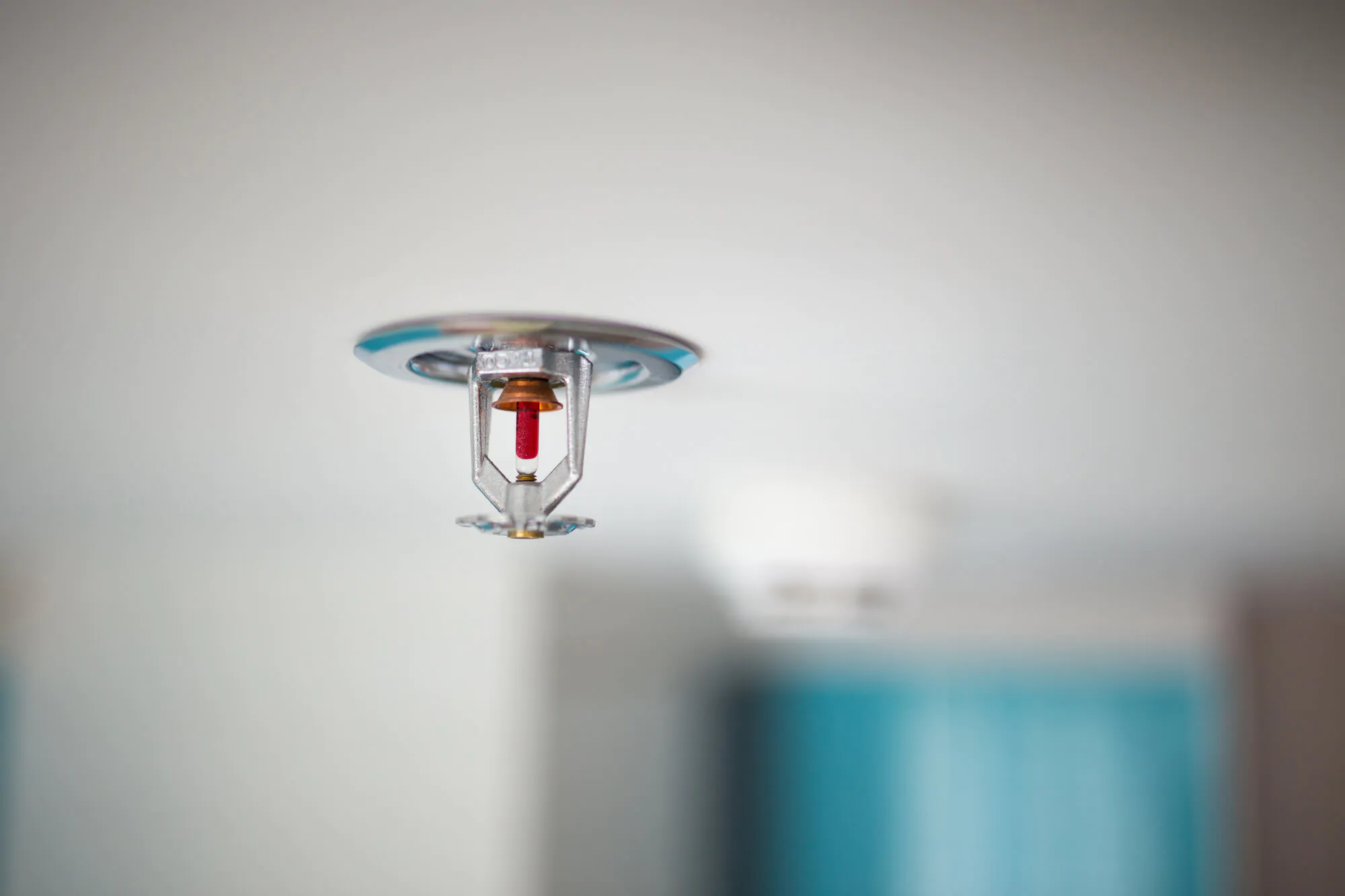 Add My Company
Add My Company

Fire sprinklers play a crucial role in saving lives and protecting assets in residential and commercial buildings. Research conducted by the National Fire Chiefs Council (NFCC) suggests that fire sprinkler systems successfully control and extinguish fires in almost all residential and commercial cases.
The evidence of a fire sprinkler system’s effectiveness would seem apparent, yet the UK seems alarmingly behind other European countries when it comes to sufficient regulations and legislation around proper fire sprinkler installations.
Therefore, to clear up any confusion, this guide will outline the key rules to remember when it comes to installing fire sprinkler systems in both new and existing properties, both residential and commercial.
Fire Sprinkler Rules for Residential Buildings
Prior to 2020, statutory guidance in England stipulated that buildings over 30 metres tall (and that had been constructed since 2007) were only recommended to have an automatic fire sprinkler system installed.
It also stipulated that existing high-rise structures, such as apartment blocks, student accommodation, houses of multiple occupancy, boarding houses, care homes, and residential buildings where the floor level of the top storey is over 30 metres high, should have sprinkler valve systems retrofitted, especially if a fundamental change is made to the structure itself.
However, in May 2020, the Department for Levelling Up, Housing & Communities published amendments to the guidance, which essentially modified the minimum height requirements for buildings that need fire sprinklers. Now, all buildings with top storeys that sit more than 11 metres above ground level should have a fire protection sprinkler system installed throughout the premises.
As it stands, there is no mandatory requirement for existing buildings (built pre-2007) to have fire sprinklers fitted, despite the FPA’s vehemence to change this and implement more sufficient fire protection measures, especially in schools.
For existing residential buildings that are undergoing major renovation or structural restoration works, fire sprinklers will likely need to be retrofitted. However, extensions or minor cosmetic work may not require the need for this.
In residential applications, sprinkler systems should be fitted in accordance with regulations BS 9251 (or BS EN 12845 for flat blocks outside the scope of BS 9251).
In layman’s terms, as long as the building is at least 11 metres tall, you should seriously consider whether the existing fire protection sprinklers are sufficient and upgrade accordingly.
Fire Sprinkler Systems for Commercial Buildings
Under UK Building Regulations Part B, businesses spanning 20,000 square metres or more (which are uncompartmented) are legally obligated to install a fire sprinkler system. Suitable fire suppression systems including sprinklers must be installed in new commercial buildings like offices, shops, restaurants, factories, facilities, warehouses, and distribution centres (among others) or retrofitted in accordance with this legislation.
Many business owners express consideration for installing fire sprinklers even if they are not legally obliged to.
Any UK business that employs more than five people (or that is open to the public) must complete a fire risk assessment by law, and the assessment may recommend a business install a fire sprinkler system, even if there are no legal or regulatory grounds for doing so. Factors that influence the recommendations may be based on building size, layout, height, environment, existing fire protection controls, and occupancy levels. If a fire assessment shows that the building possesses a high fire risk, installing fire sprinklers may be recommended even if not mandated.
In summary, even if the guidance says that installing sprinklers isn’t mandatory after you complete your legally-required fire risk assessment, you are at liberty to do so.
By understanding when fire sprinkler systems are required and utilising high-quality components, you can ensure your building meets UK regulations and legislation. It’s highly recommended that you regularly evaluate your fire protection system needs and specifications to ensure you have adequate measures in place.
Using Quality Fire Sprinkler Equipment from Accredited Professionals
When installing or upgrading fire sprinkler systems, using reliable, specialised equipment that meets British and European standards is crucial.
As leaders in supplying tested and quality marked control valves, flow switches, pressure gauges, solenoid valves, temperature sensors, and more, Applications Engineering Ltd provides the certified equipment your residential or commercial project needs.
Partnering with experienced technicians and designers ensures your bespoke sprinkler system is compliant, efficient and effective in protecting your building and occupants when it matters most.
At Applications Engineering Ltd, we can turn product orders around swiftly (with next-day delivery) to ensure that your system receives the necessary vital components and parts to bring it to optimum working capacity.
We have significant stock in our East Sussex facility, and we would welcome direct collection if that’s more convenient for you. If you would like expert advice on how we can help you meet your control and instrumentation needs, please fill in our contact form or get in touch with us directly today.
For more information on When are Fire Sprinklers Required in Residential and Commercial Buildings talk to Applications Engineering Limited

